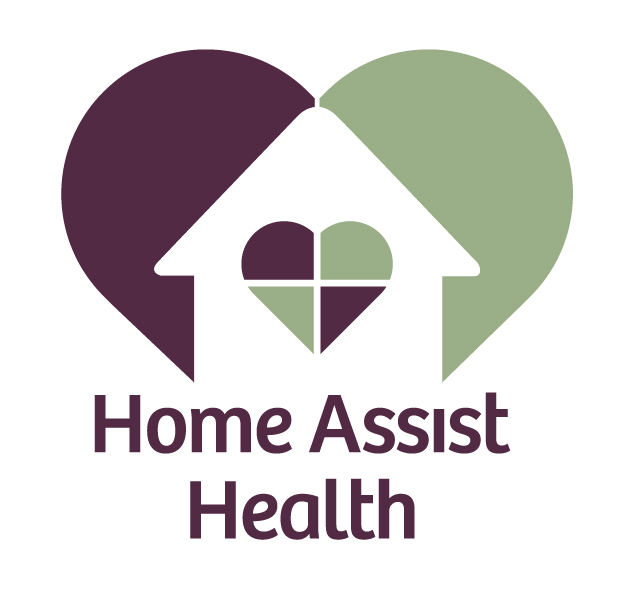Did you know that the leading cause of reversible blindness in the U.S. is cataracts? As a natural part of the aging process, cataracts affect more than 25 million Americans. June is Cataract Awareness Month. This is a time to raise cataract awareness and help to educate people about one of the leading causes of treatable vision loss in the United States.
What is a Cataract?
A cataract forms when the lens of the eye (which is about the size of an M&M) becomes clouded over by proteins. The cloud of proteins continues to grow and begins to obstruct vision. While the process is largely natural and unavoidable with age, the risk of a cataract developing early can be increased by factors such as:
• Smoking
• Excessively drinking alcohol
• Diabetes
• Poor diet and obesity
• Eye injuries or certain diseases
• High blood pressure
• Too much direct sunlight
Try to eliminate as many of these factors as you can. Remember, prevention is the best medicine! However, sometimes accidents happen, or circumstances are simply out of your control. The good news is treatment for cataracts is readily available.
How Do I Treat Cataracts?
Cataracts are a serious condition, but luckily the surgery that is performed to remove them is safer and more effective than ever.
Cataract surgery lasts approximately 10-15 minutes and is virtually painless (though you may experience some discomfort and sensitivity for a few of the following days). Even though you will be able to leave afterwards, you will be unable to drive, so make sure to plan accordingly.
When you get home, you will want plenty of rest. You will be given some special eye drops to protect your eyes from infection. Over the next several months, depending on how long you take to heal, you will return to your doctor for follow up exams to make sure everything is healing properly.
Preventing Cataracts
Unfortunately, cataracts are a natural part of growing older but are easily treatable with surgery. The earlier you notify your eye doctor of symptoms, the better. Keep an eye out for any of the following symptoms:
• Faded colors
• Blurry vision
• Light sensitivity
• Difficulty seeing at night
• Problems with depth perception
Early detection is also key to not only dealing with cataracts but many other health concerns you may come across. For this reason, it’s very important that you receive annual eye exams!
Information derived from: June Declared Cataract Awareness Month to Educate Public on World’s Leading Cause of Vision Loss – Prevent Blindness
